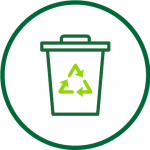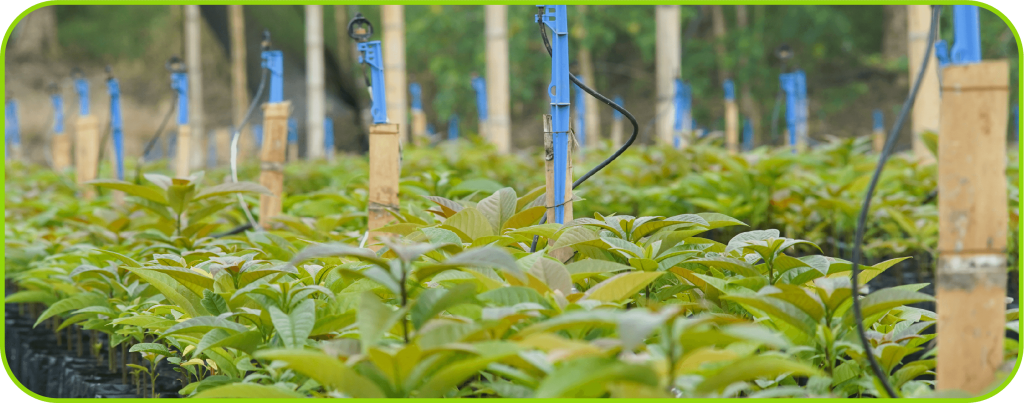In 2020, we started the identification of risks we needed to claim a change so we could manage them. We started this analysis based on a study of scenarios for climate change published by IDEAM. The study estimated an increase in average temperature of around 0.13°C per decade for the period 1971 – 2000, and presented scenarios were climate change which project that the average air temperature in the country will increase compared to the. In reference as follows: 1.4°C for the period 2011-2040, 2.4°C for the period 2041-2070 and 3.2°C for the period 2071-2100.
According to this study, the agricultural sector would be vulnerable, especially due to the increase in desertification. However, agricultural production not only depends on the climates – weather relationship but also on the relationship between climate and pests, climate and diseases, and the influence of climate on agricultural practices.
The impact of climate change on agriculture and human well-being include:
- 1. Biological effects on crop yields.
- 2. The consequences of their impact on results (including prices, production, and consumption).
- 3. Impacts on per capita consumption of calories, and child malnutrition.
Biophysical changes produced by climate change on agriculture lead to changes in production and prices that are reflected in the economic system as farmers and other market participants make their own adjustments, changing their mix of crops, use of inputs, production levels, food demand, food consumption, and trade.
It is estimated that the Urabá and Caldas regions will be among the affected areas.
Some of the expected impacts are:
- Changes in behavior: these changes referred to changes in the reduction capacity of the soil, due to the change in thermal floors.
- Shoreline erosion: it is expected that the shoreline erosion processes will increase due to the rise in sea level.
- Degrees of the cultural productivity and loss of biodiversity.
Based on this analysis, we are designing a strategy that will enable us to identify risks and opportunities related to climate change, and set up adaptation and mitigation plans.











